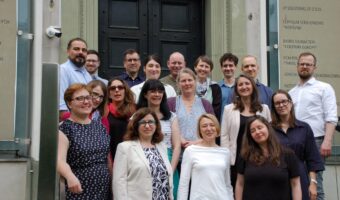The researchers of the Paths2Incude – Integration in European Labour Markets of Vulnerable People project are looking for the causes and manifestations of different forms of discrimination in European labour markets to increase the employability of people at risk of labour market exclusion. The interplay between various risk factors contributing to the vulnerability of particular groups of people to labour market exclusion and the impact of the institutional context on the labour market participation of people at risk of exclusion are analysed. Vulnerable groups on the labour market are understood to include those who may be subject to discrimination based on gender, ethnicity, age, health status, sexual orientation or social status.
Representatives from all research centres attended the meeting in Warsaw with their research in large numbers. The two-day meeting was full of engaging presentations, lively discussions afterwards, and fruitful work in sub-groups. On day 1, we had several presentations of preliminary results from each Work Package.
Mateusz Krząkała and Iga Magda (IBS) talked about the future of work in the context of changing risks of labour market attachment. The intersection of migration background, parental responsibilities, and gender is a key risk factor. Low adaptability is a significant risk: AI-exposed workers without digital skills may struggle to upskill or switch roles. For example, among tertiary-educated and young (25-34) workers, weak labour market attachment is more linked to low adaptability than in less-educated groups.
Dominik Buttler (LUH) summarised the results of a factorial survey experiment, aiming to assess measures effectively counteracting discrimination in hiring. Regarding worker discrimination based on nationality, some diversity policy measures work best, such as mentoring/buddy programs or support systems for immigrant workers. Organisational readiness to hire immigrant workers is also essential. Flexible working arrangements were vital for avoiding care-based discrimination, with a moderating effect of greedy jobs. These studies are co-authored with partners from IBS, Oslomet, and UB.
Justyna Bell (Oslomet) shared the insights gathered from interviews with employers. While most employers explicitly distance themselves from differential treatment, they perceive it as objective when it is based on social skills. Shirin Reiter, Nick Wessel and Christian Imdorf (LUH) discussed what enables companies to hire migrants for skilled jobs. Mastery of the country’s language is indispensable, and English is often just as important.
Arianna Vivoli and Federico Ciani (ARCO) described proposed scenarios of simulating the effects of labour market transitions for vulnerable European citizens. The aim is to assess how reducing or closing the gender employment gap would impact fiscal space (through changes in public revenues and expenditures), poverty rates, and income inequality.
Ona Valls (UL) presented the results of a study conducted with Arianna Vivoli (ARCO), Robin Samuel (UL), and Elisabeth Ugreninov (Oslomet). COVID-19 widened inequalities, especially among older adults. Intersecting disadvantages shape labour market attachment, and age is a strong and consistent predictor of labour market attachment. Education mitigates both health-related and gender limitations. A higher percentage of GDP spent on health positively influences labour market attachment.
Sara Ayllón and Natalia Carralero’s (UG) presentation concerned the results of a study investigating how regional gender norms affect the labour market outcomes and employment characteristics of mothers and fathers in European countries. Progressive environments increase mothers’ likelihood of part-time work, potentially facilitating better work-life balance. However, they are also associated with reduced presence in more precarious jobs (e.g., fixed-term contracts), suggesting norms help shift mothers toward higher-quality employment. Fathers are less likely to work in progressive regions, but conditional on working, they work less part-time, possibly reflecting reduced breadwinner pressure but persistence in gendered time trade-offs.
Laura Tufă, Iuliana Precupetu and Marisa Radogna (UB) presented results from a qualitative study on how employers describe their cooperation with vulnerable groups, including persons with disabilities and older workers. They found that recruitment design often does not encourage access to jobs for persons in vulnerable situations, and in the establishment phase, there are difficulties in securing proper accommodations.
Day 2 was primarily devoted to group work. As the project enters its final phase and most research reports are advanced, consortium members took this opportunity to consult on methodological issues and collaborate on finalising working papers, policy briefs, and the dissemination strategy.
See photo gallery of the meeting
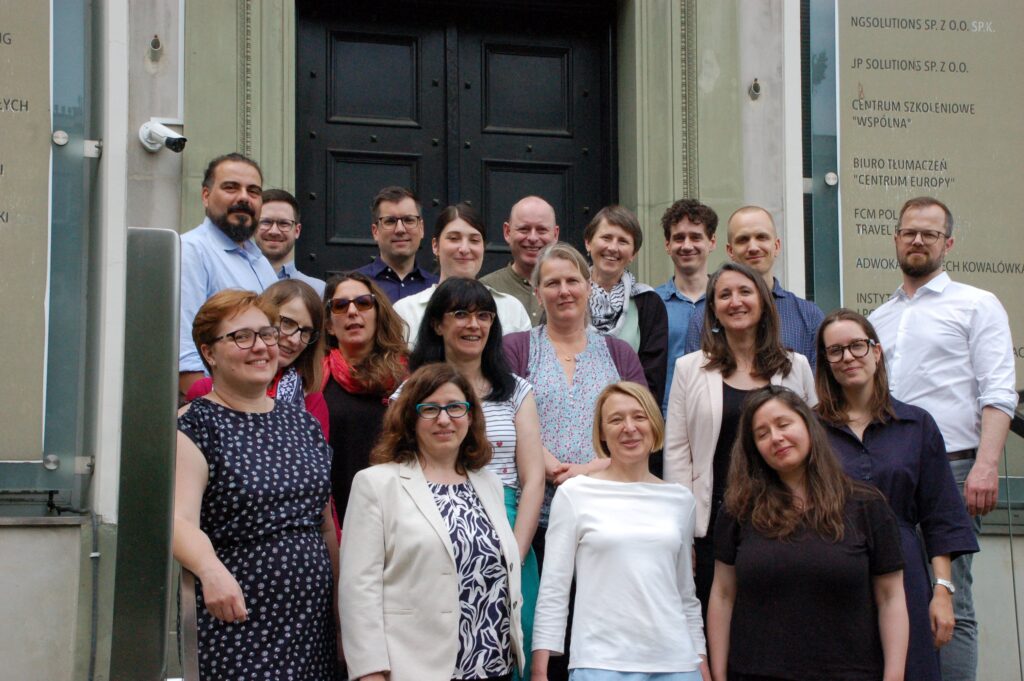
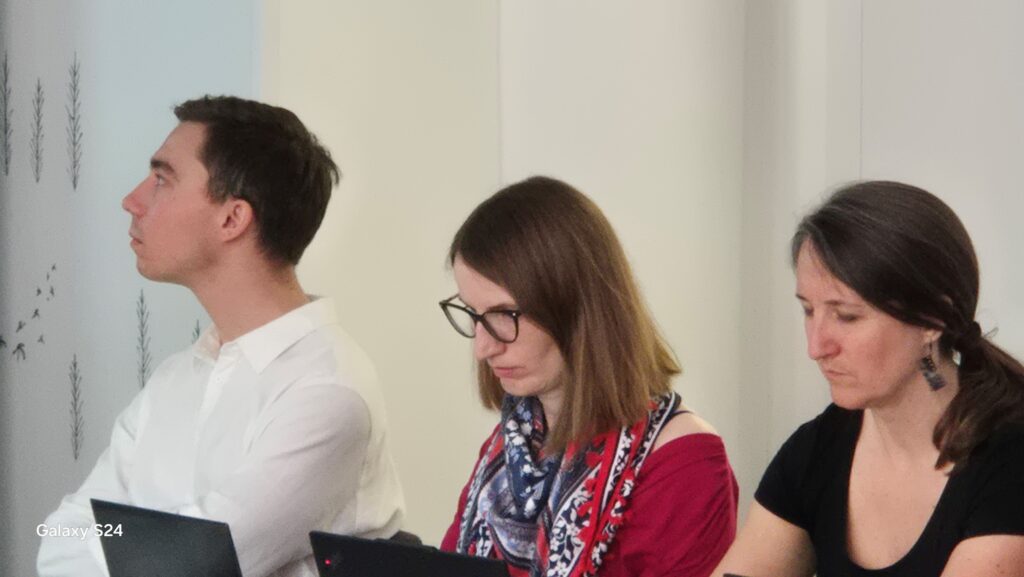
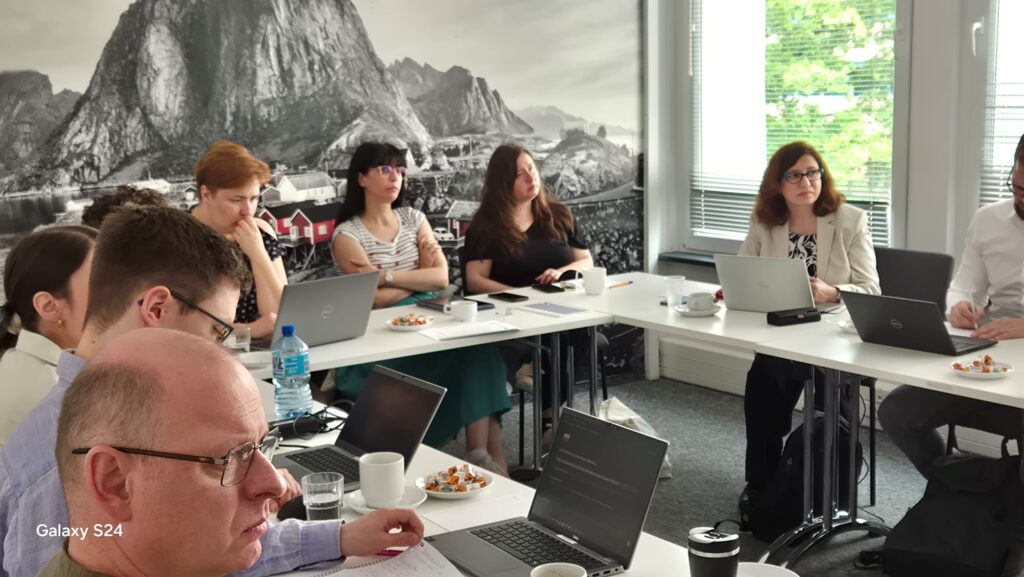
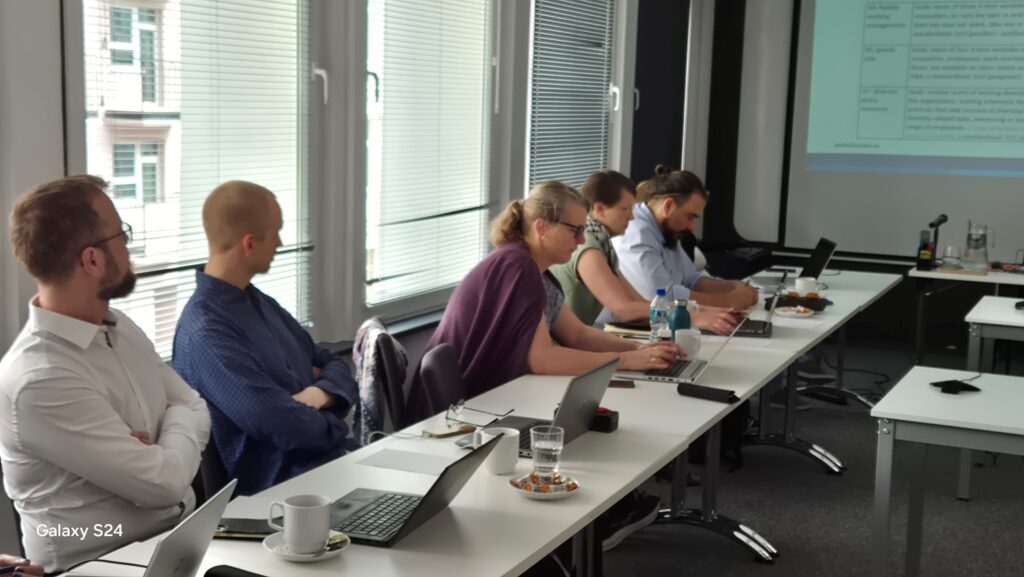
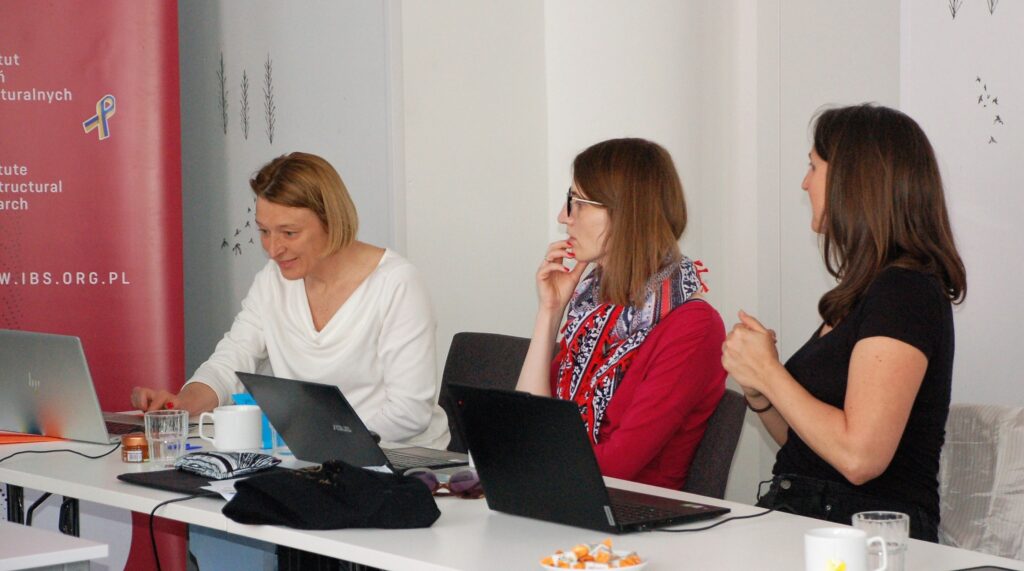
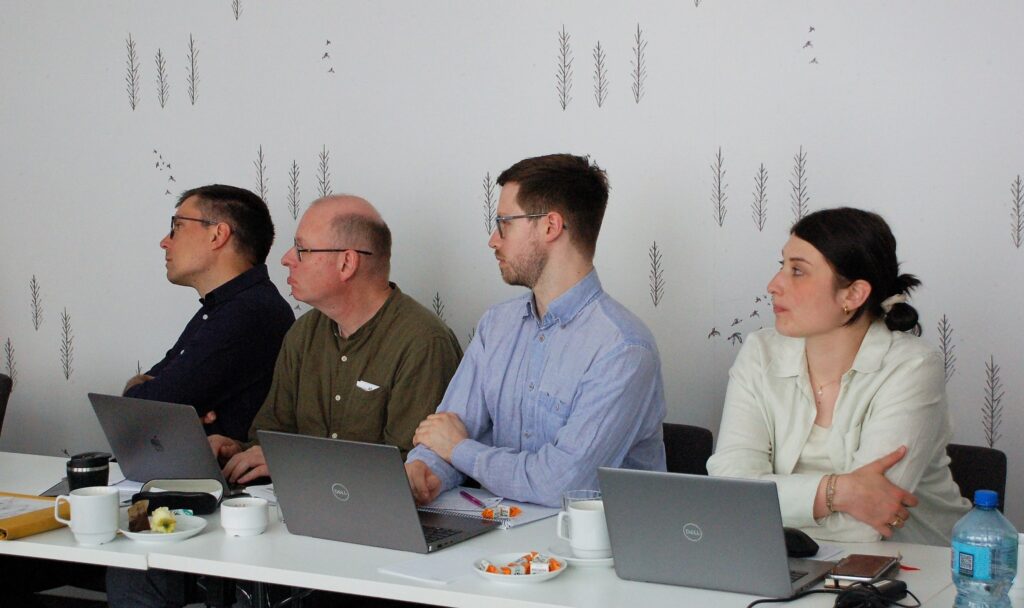
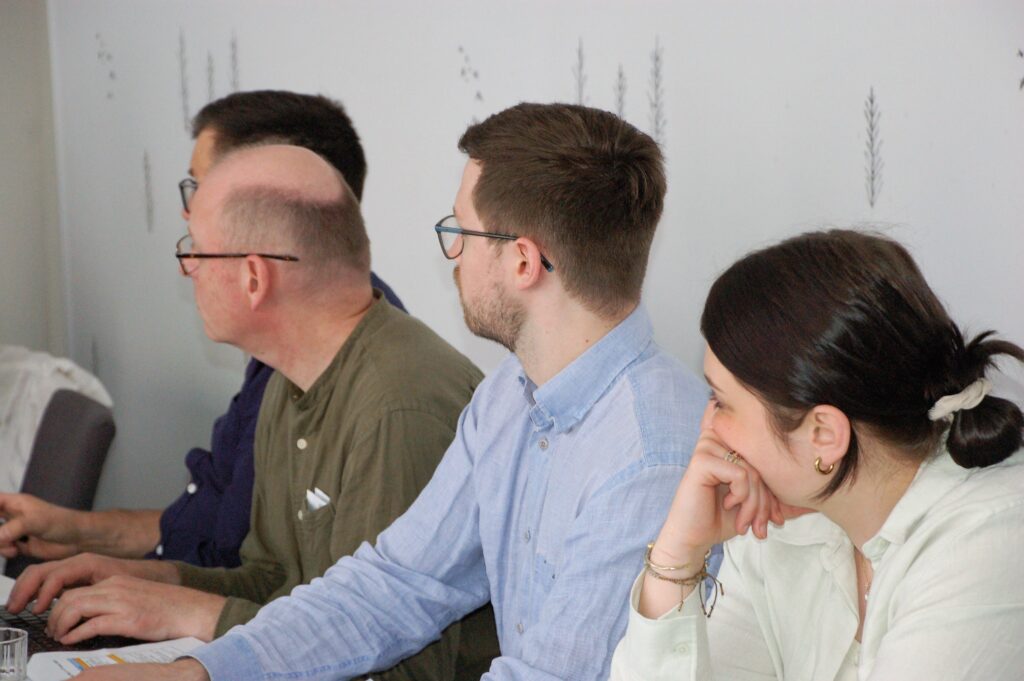
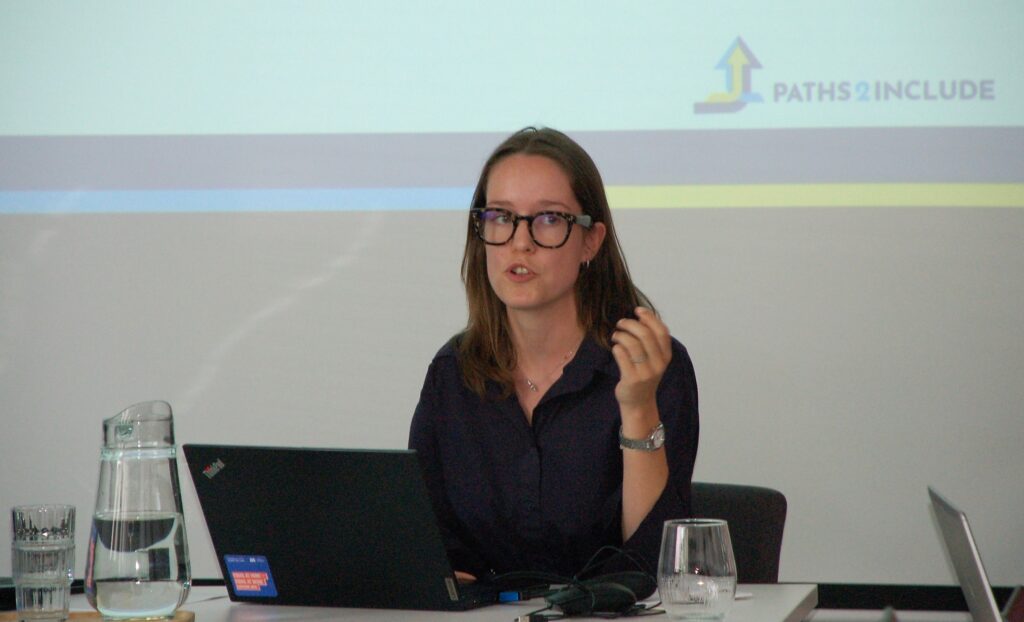
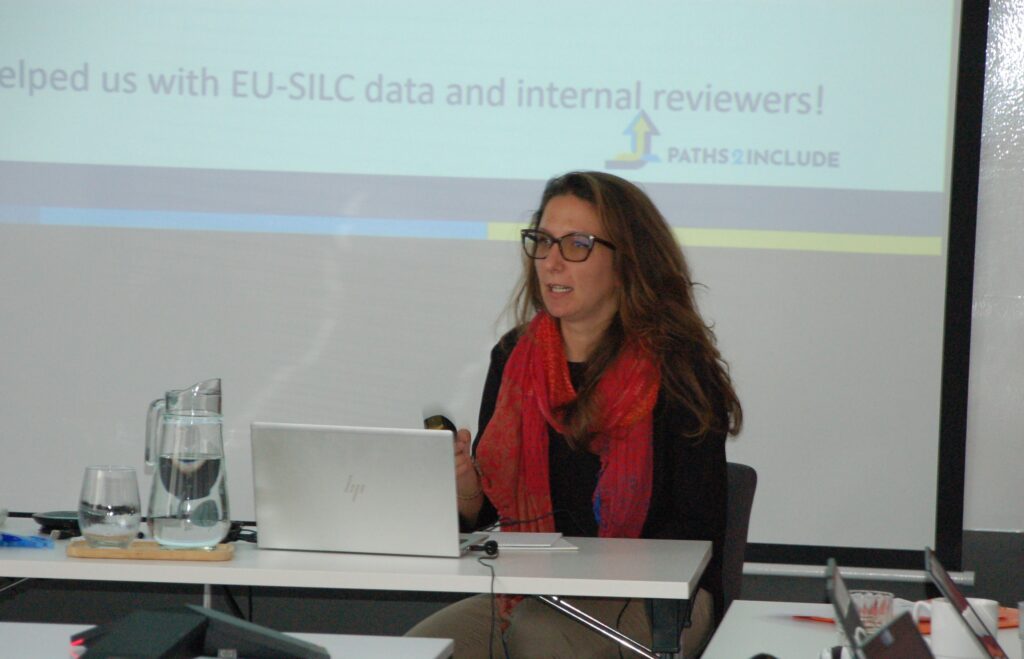
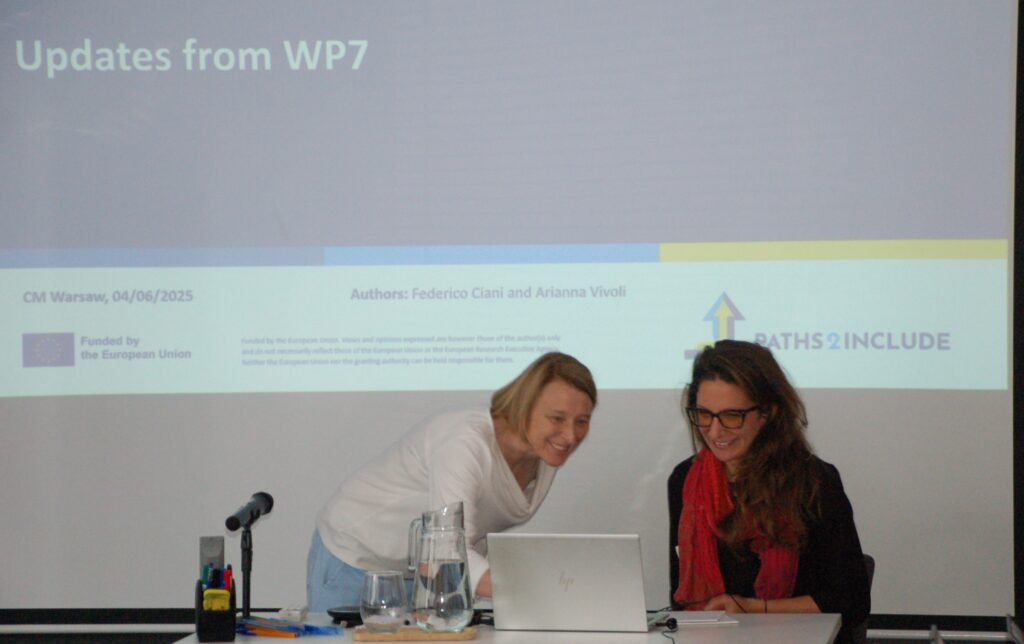
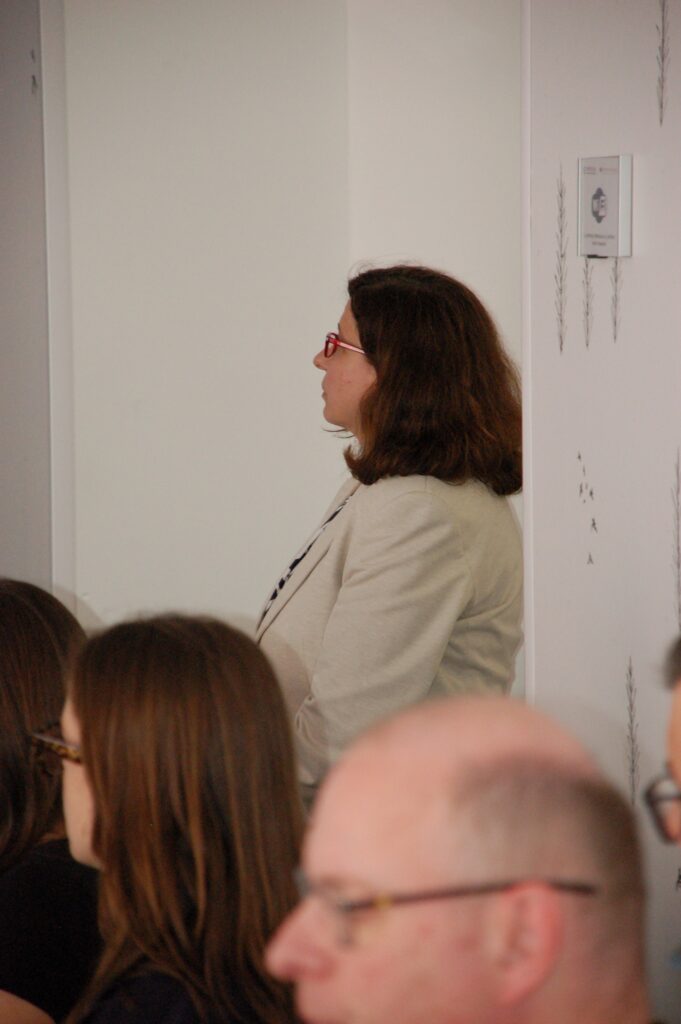
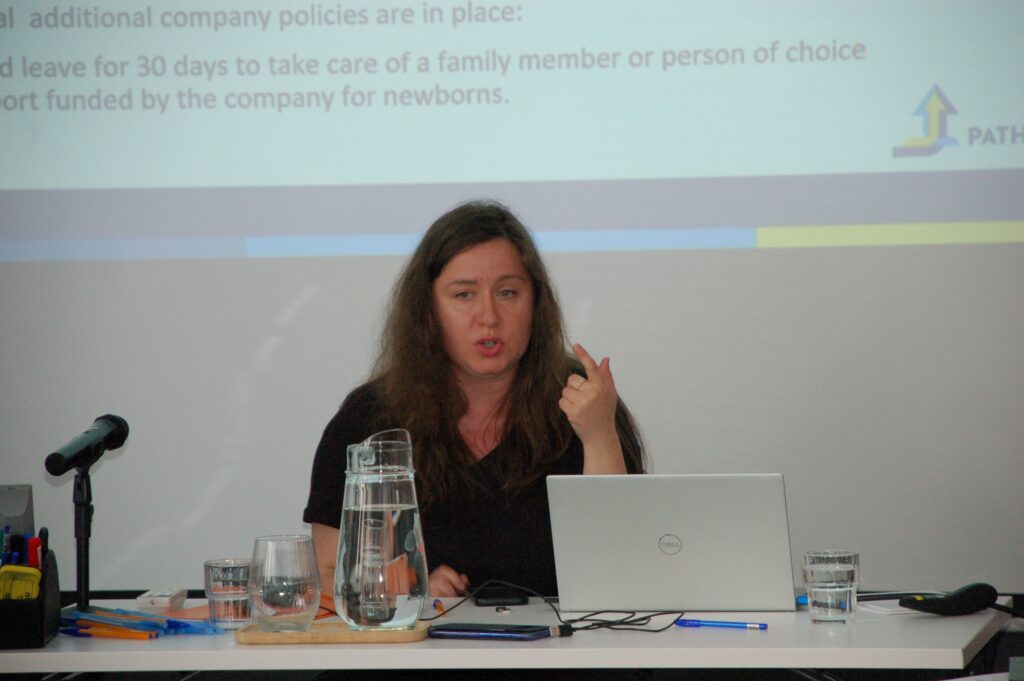
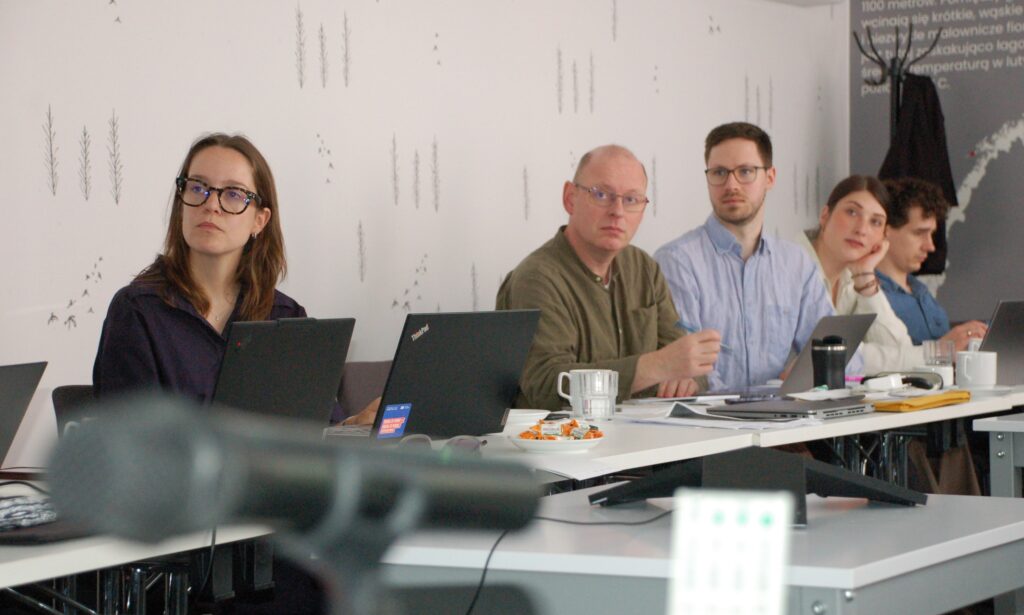
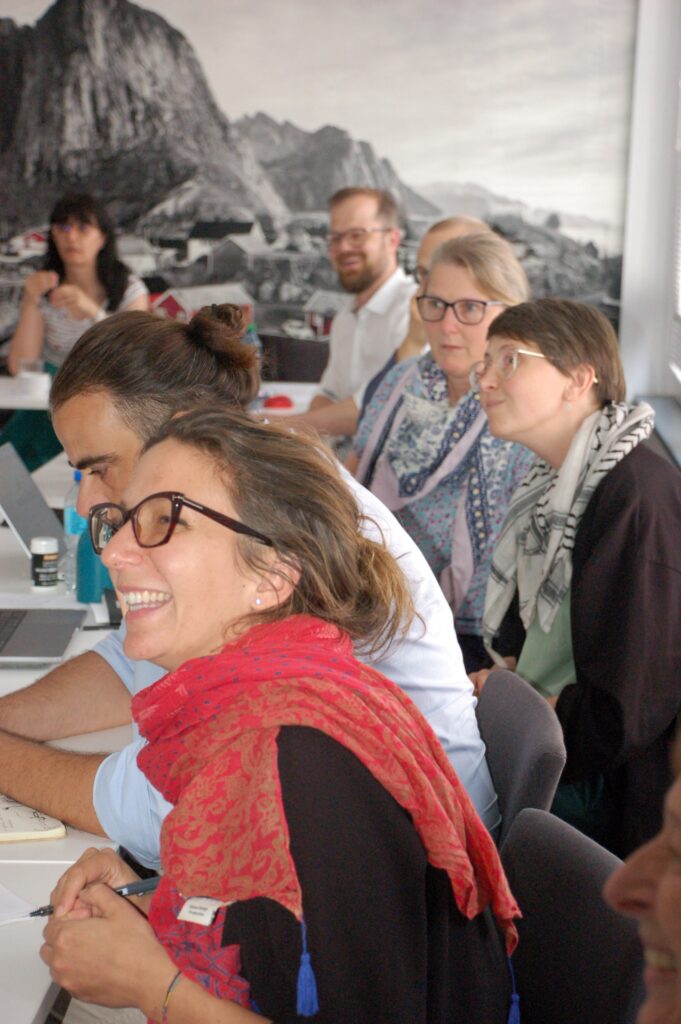
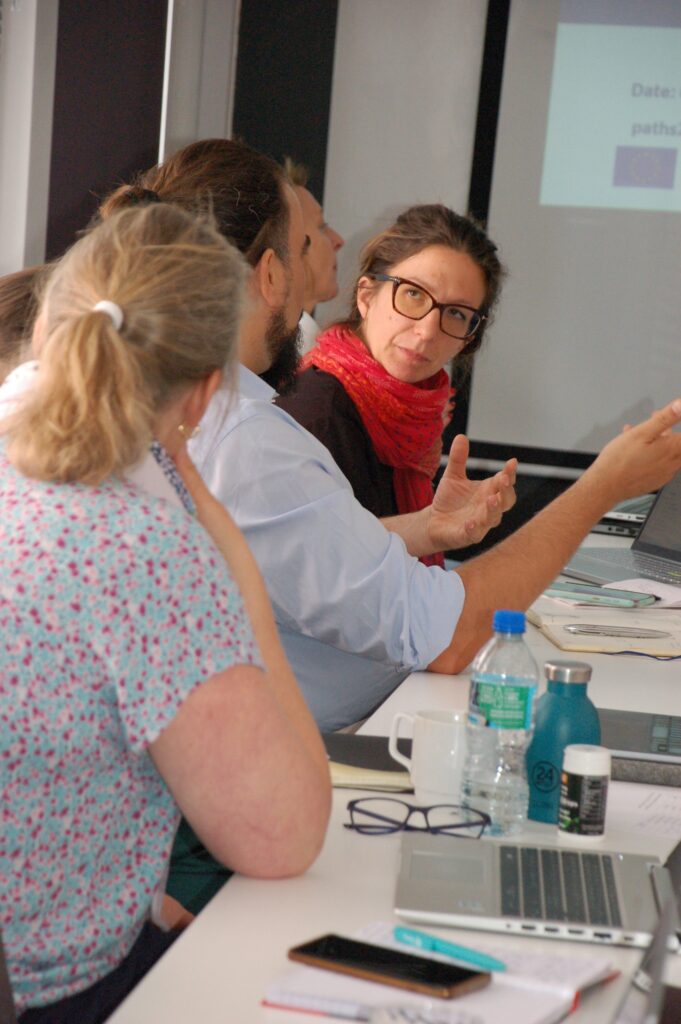
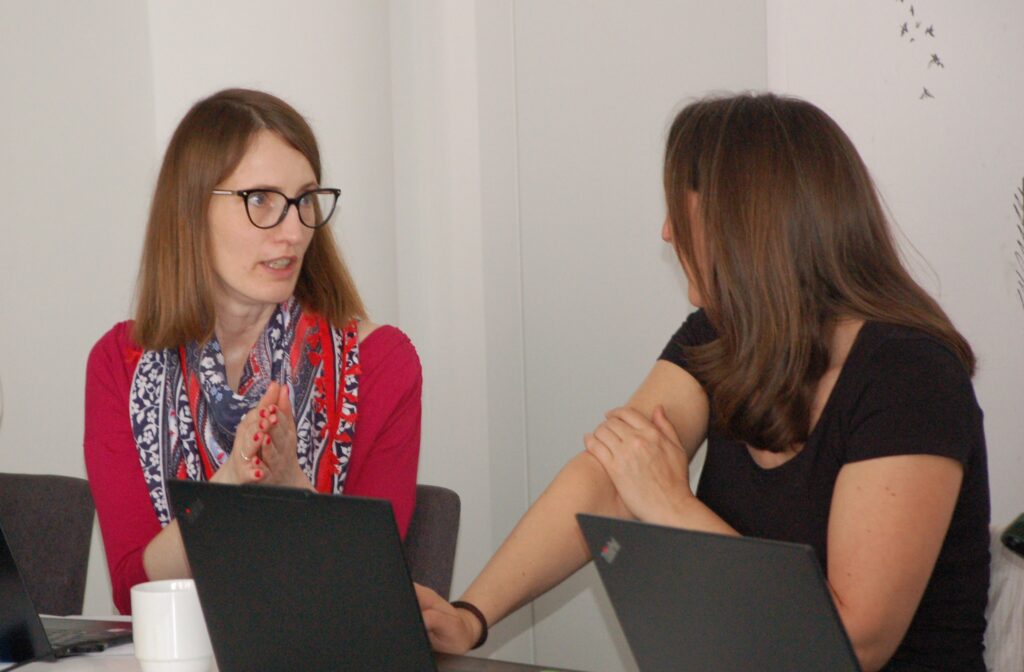
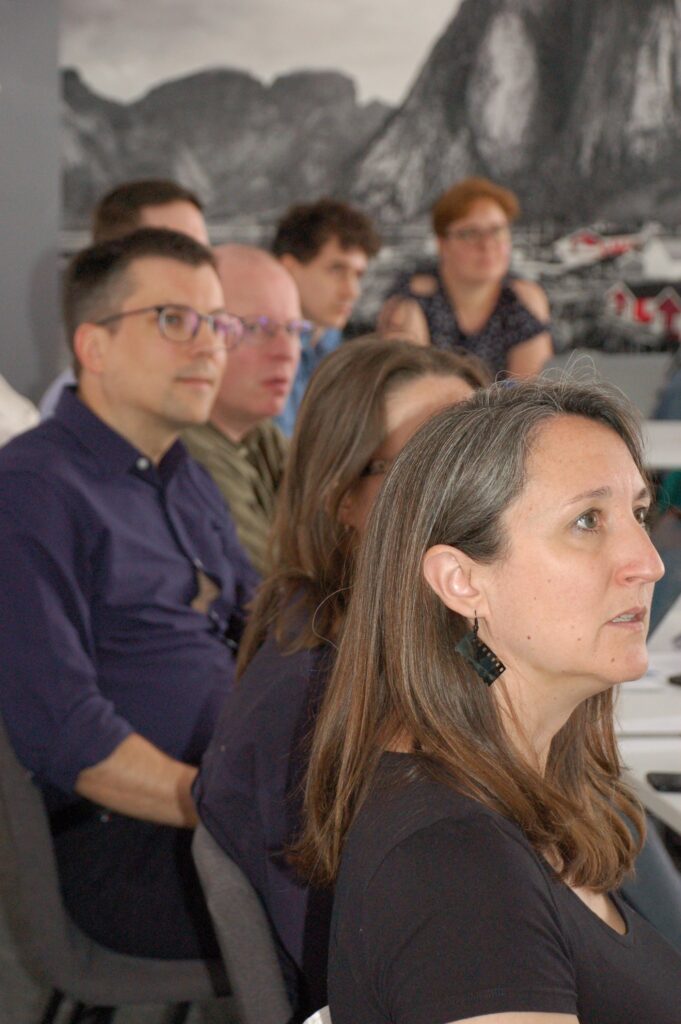

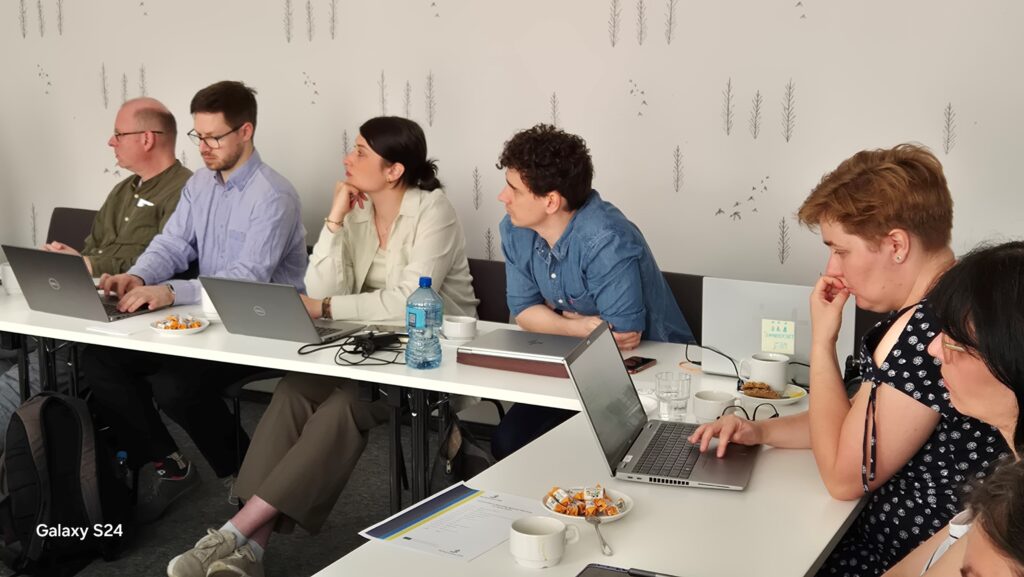
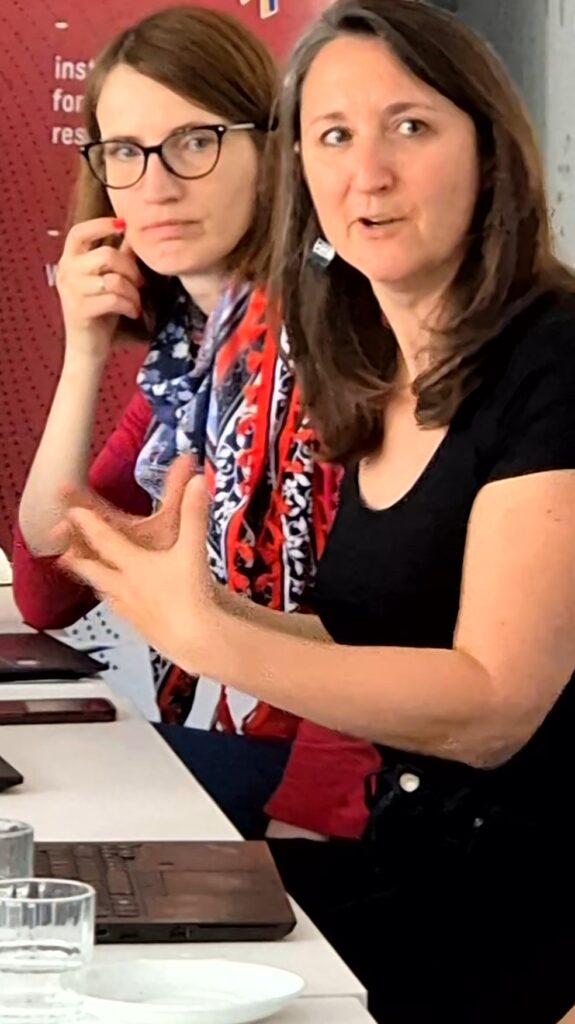
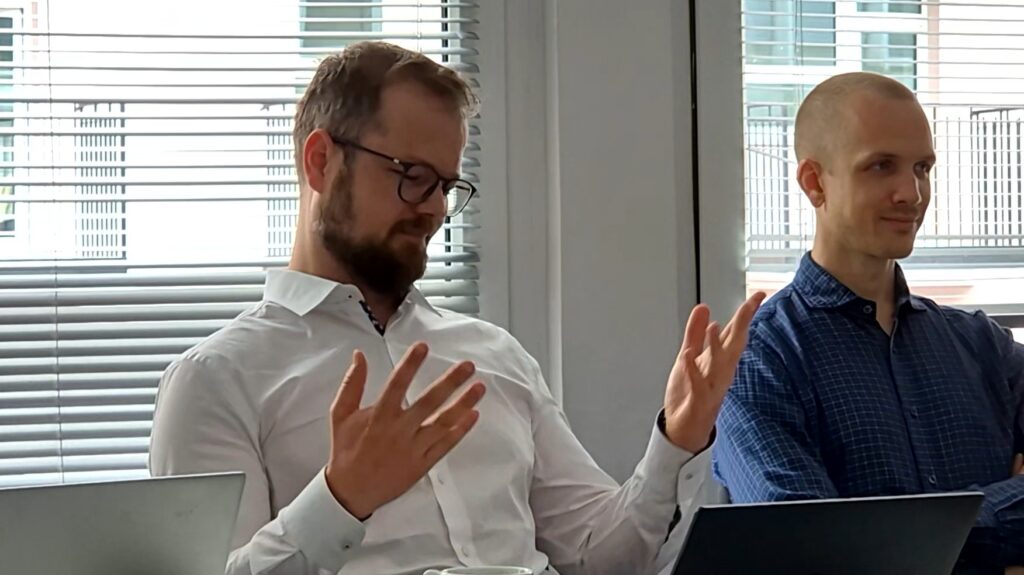
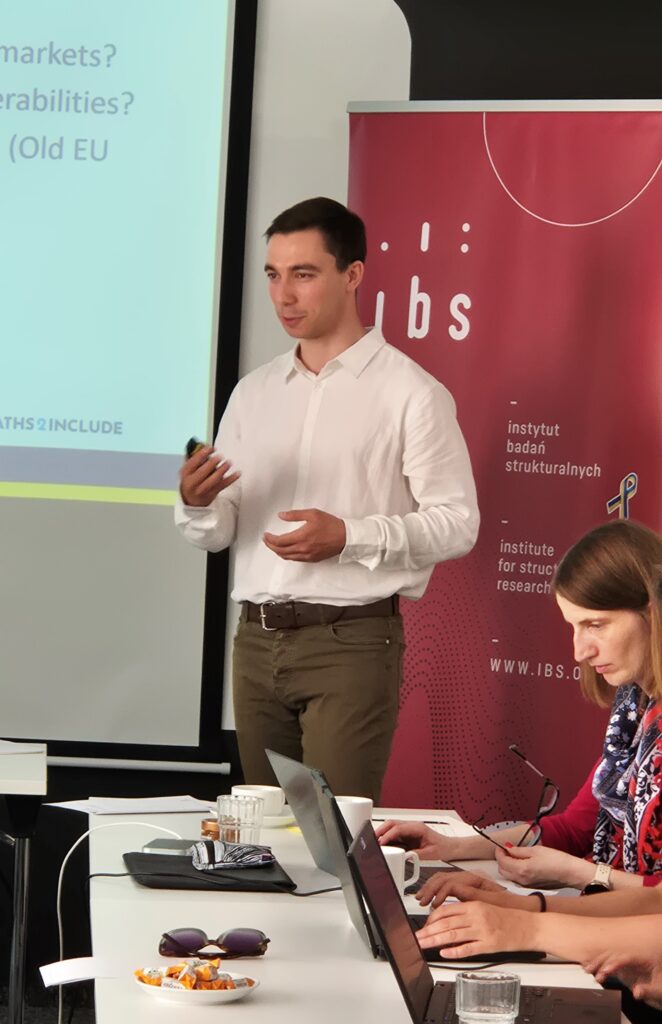
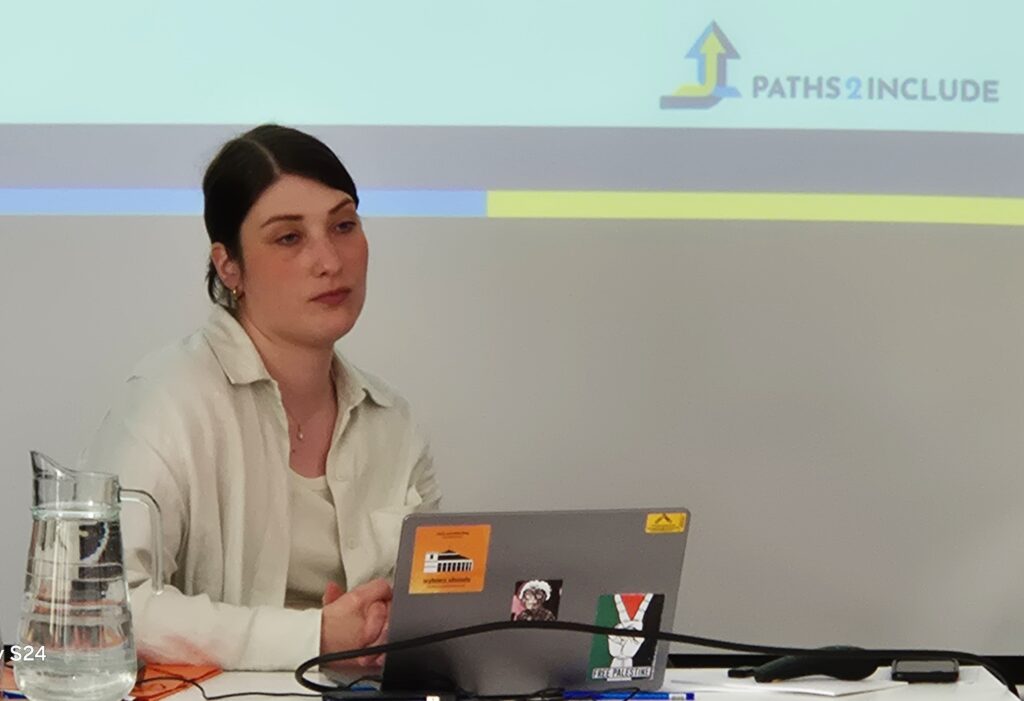
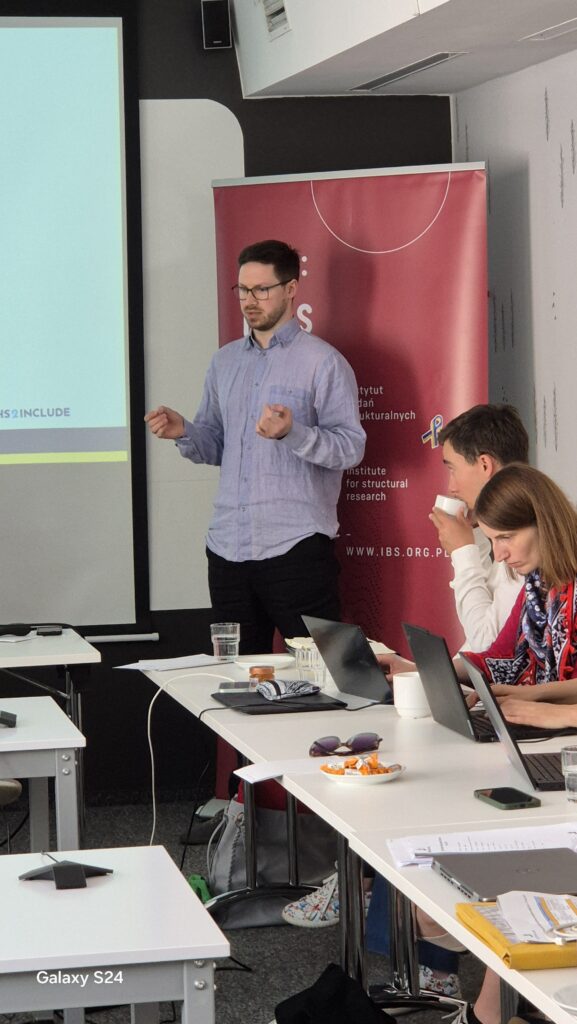
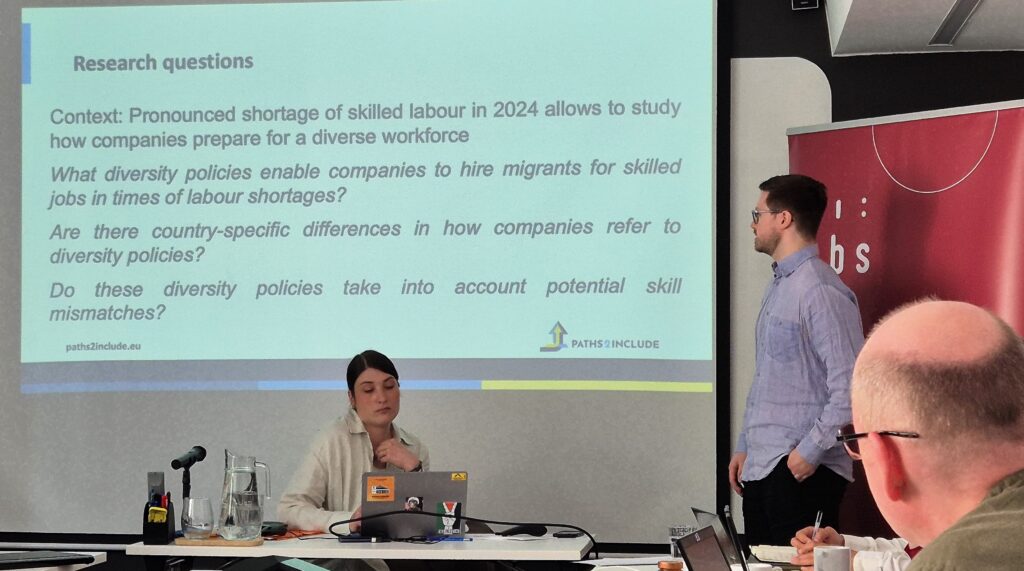
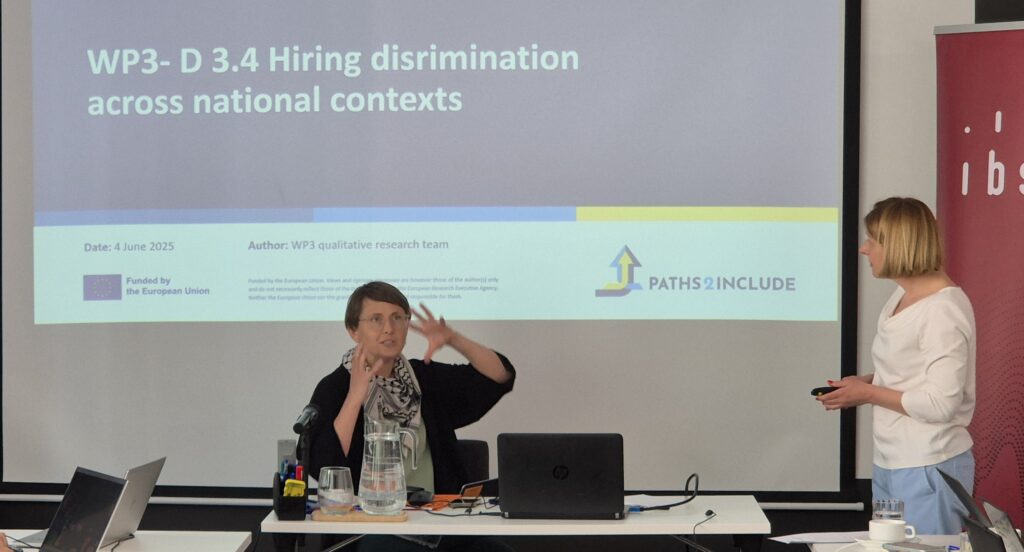

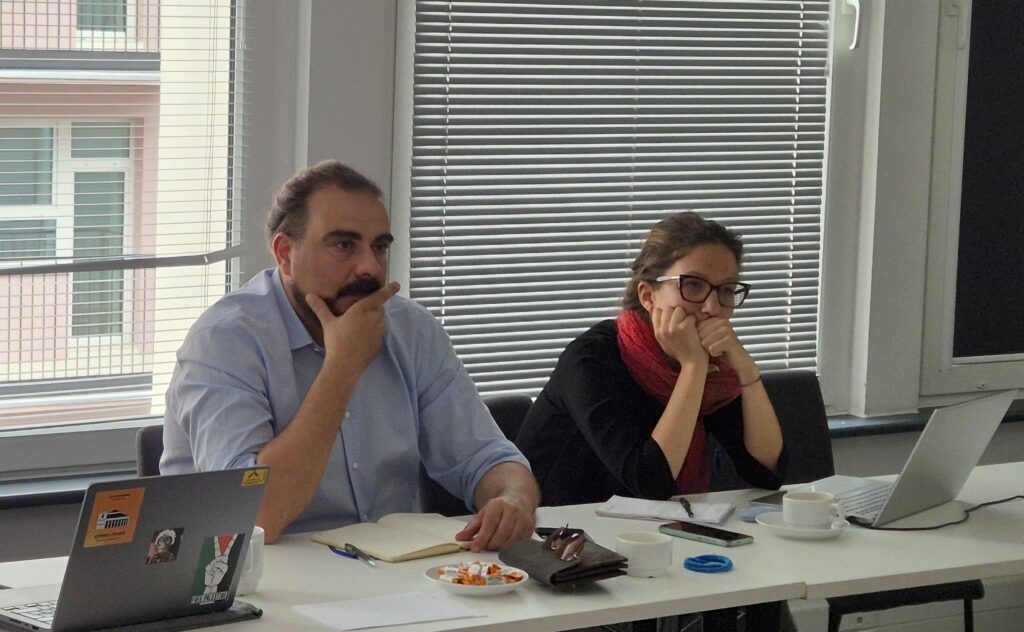
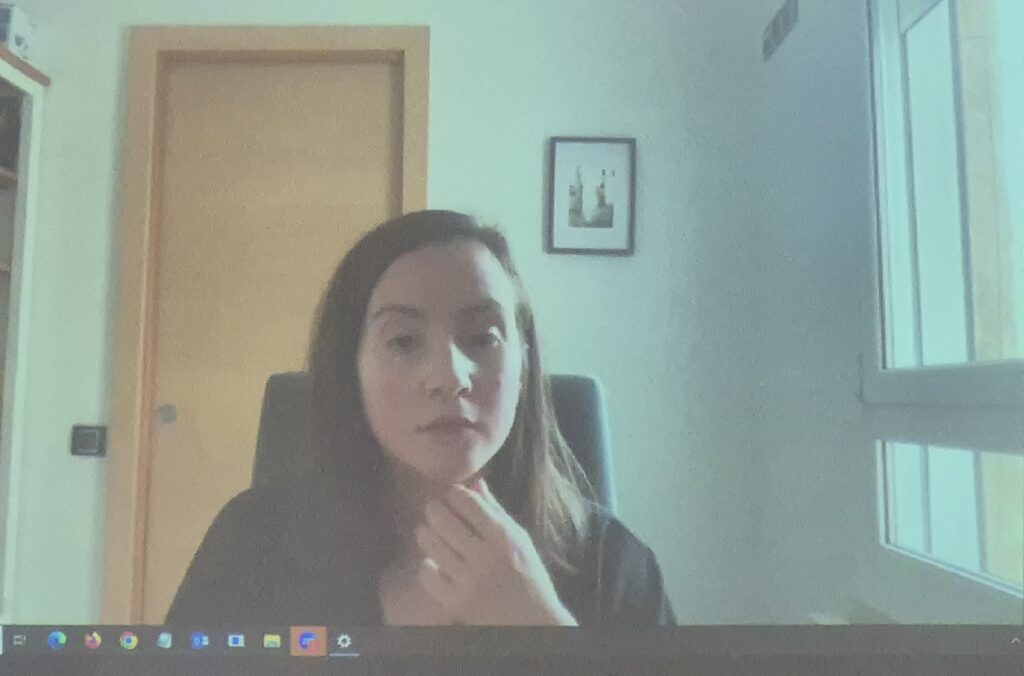
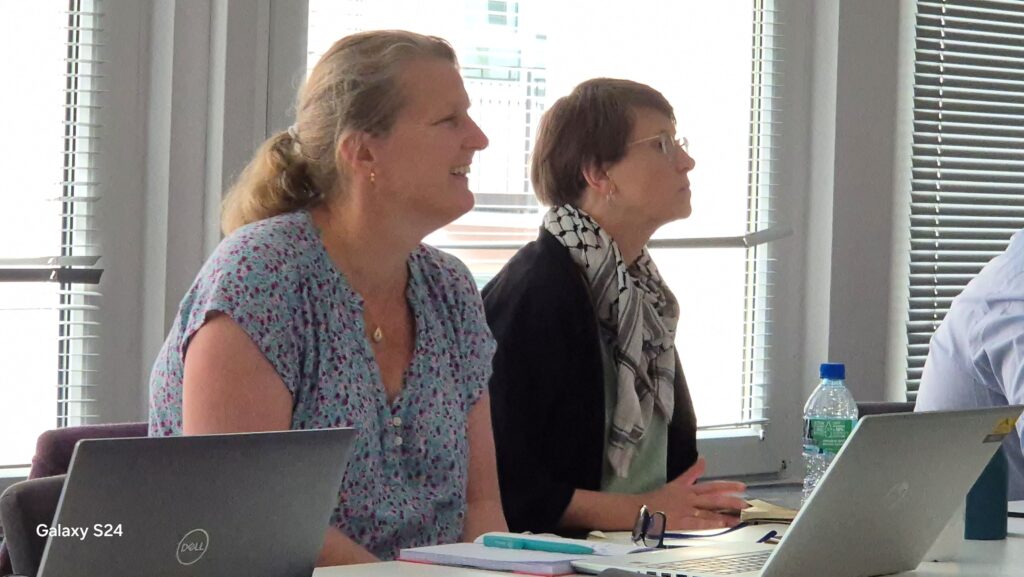
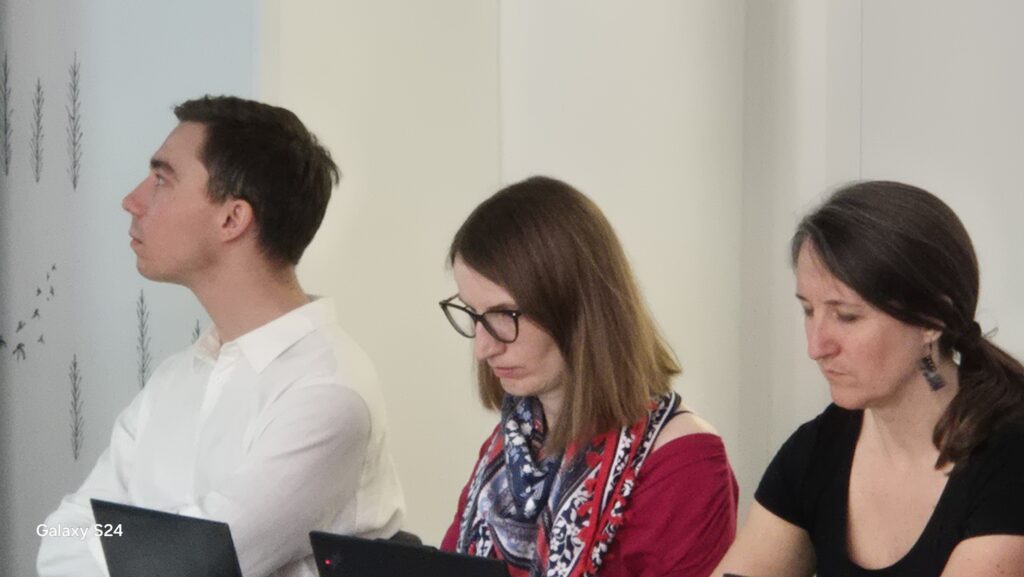
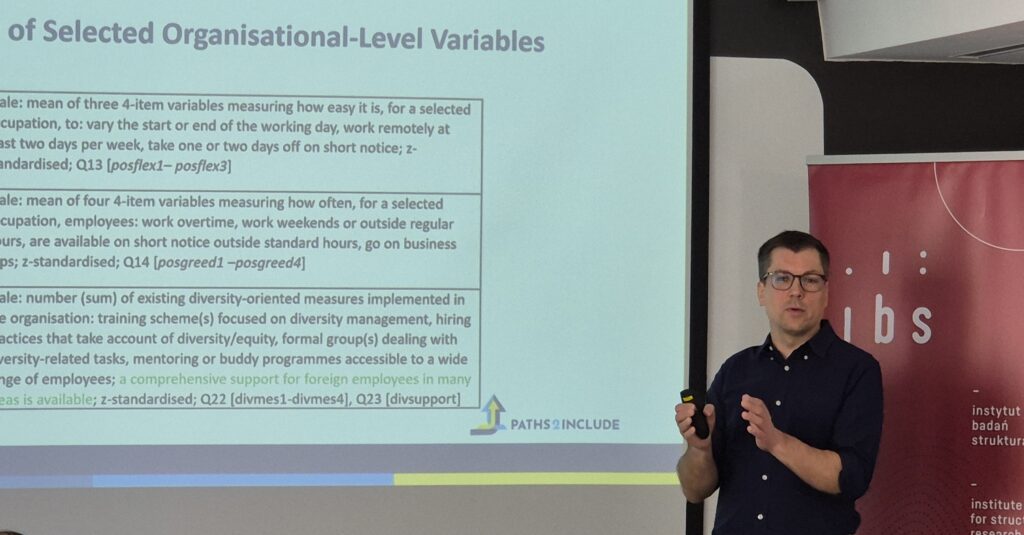
Save these dates:
- Workshop on inclusive labour market analysis, to be held on September 4th, 2025, in Brussels (the EESC building). As a result of the workshop, we will produce a Policy Brief on best practices for the inclusive labour market.
- The final conference with policy makers will be on the 3rd of February 2026, Brussels.
Additionally, the opinion series has been launched. These opinion pieces by Paths2Include team members aim to highlight different dimensions of inclusive labour markets and foster discussions.
The Paths2Include project has entered its final phase, and we look forward to the next meetings and the researchers’ final results.
